Our Story
Behind every lasting brand lies a story; a story of choices, resilience, and connections formed over time.Sepahan Moquette is not merely a factory; it is a narrative of tradition and industry coexisting, of building through crises, and of transforming a simple need into a sustainable movement at the heart of society.What defines us is not only the products we create, but the path we have taken; from the red soil of Yasuj to the modern production lines of Borujen, from felt rooted in culture to technologies that shape the future.
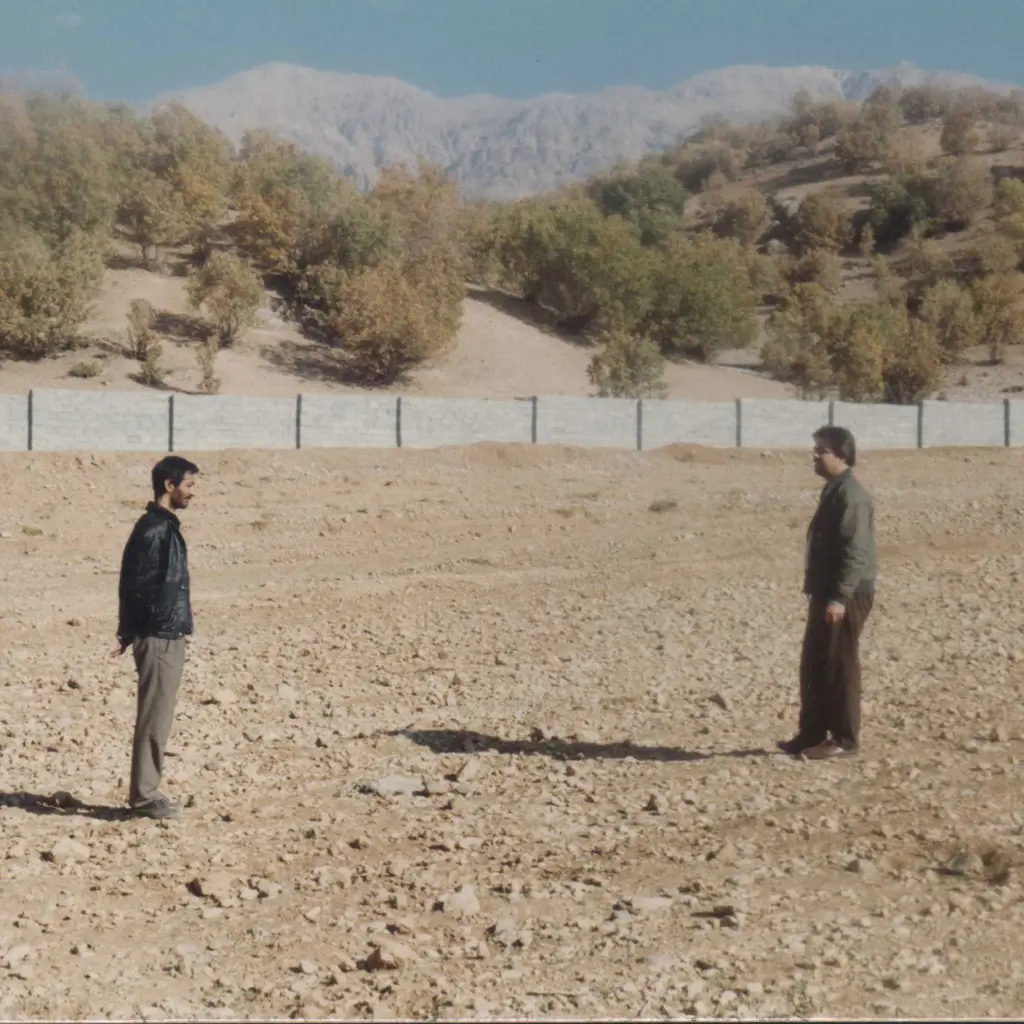
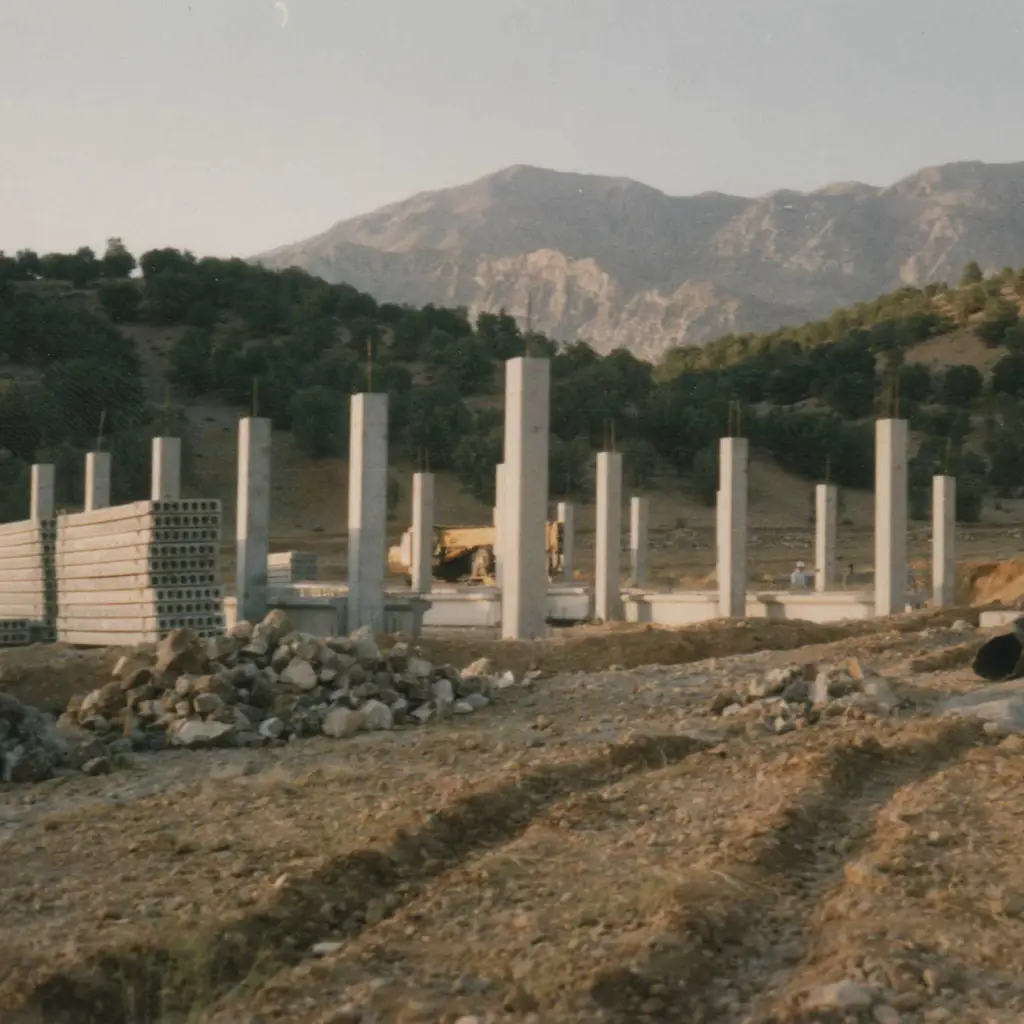
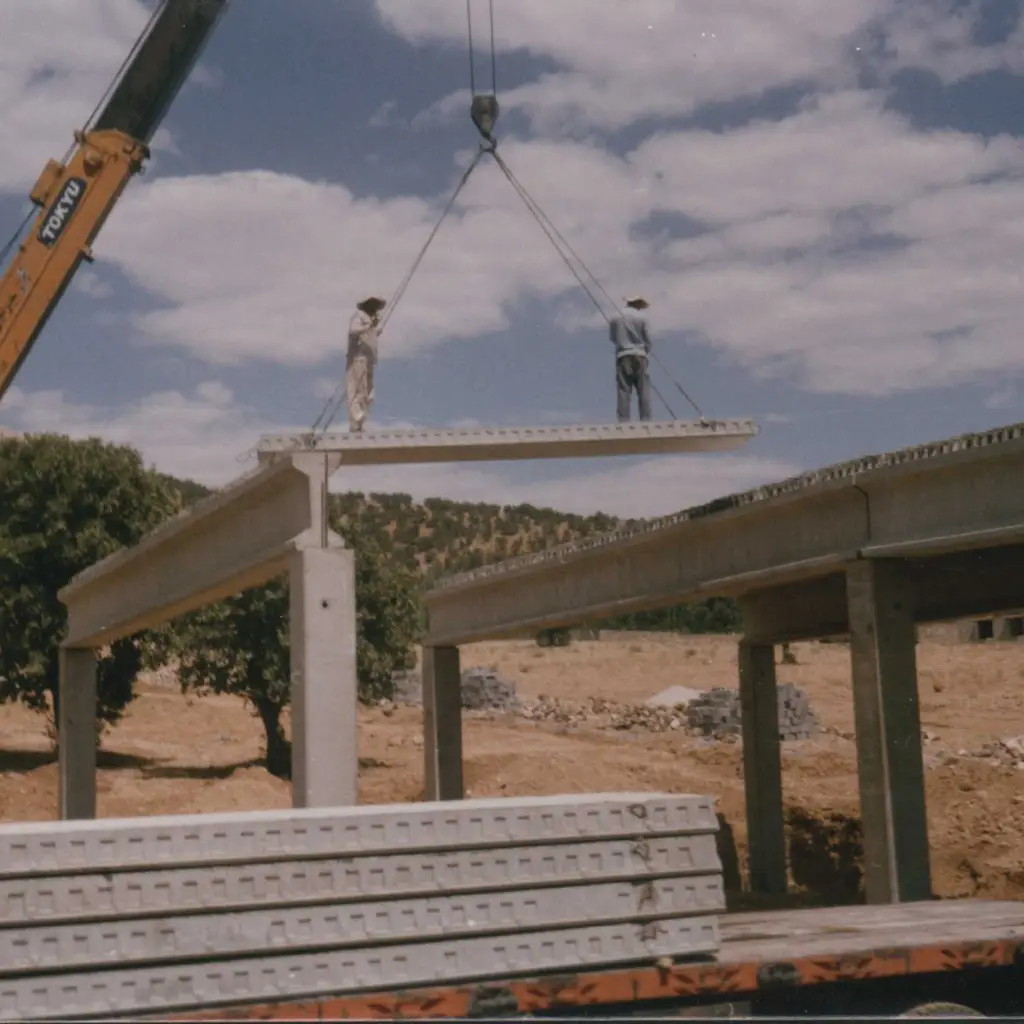
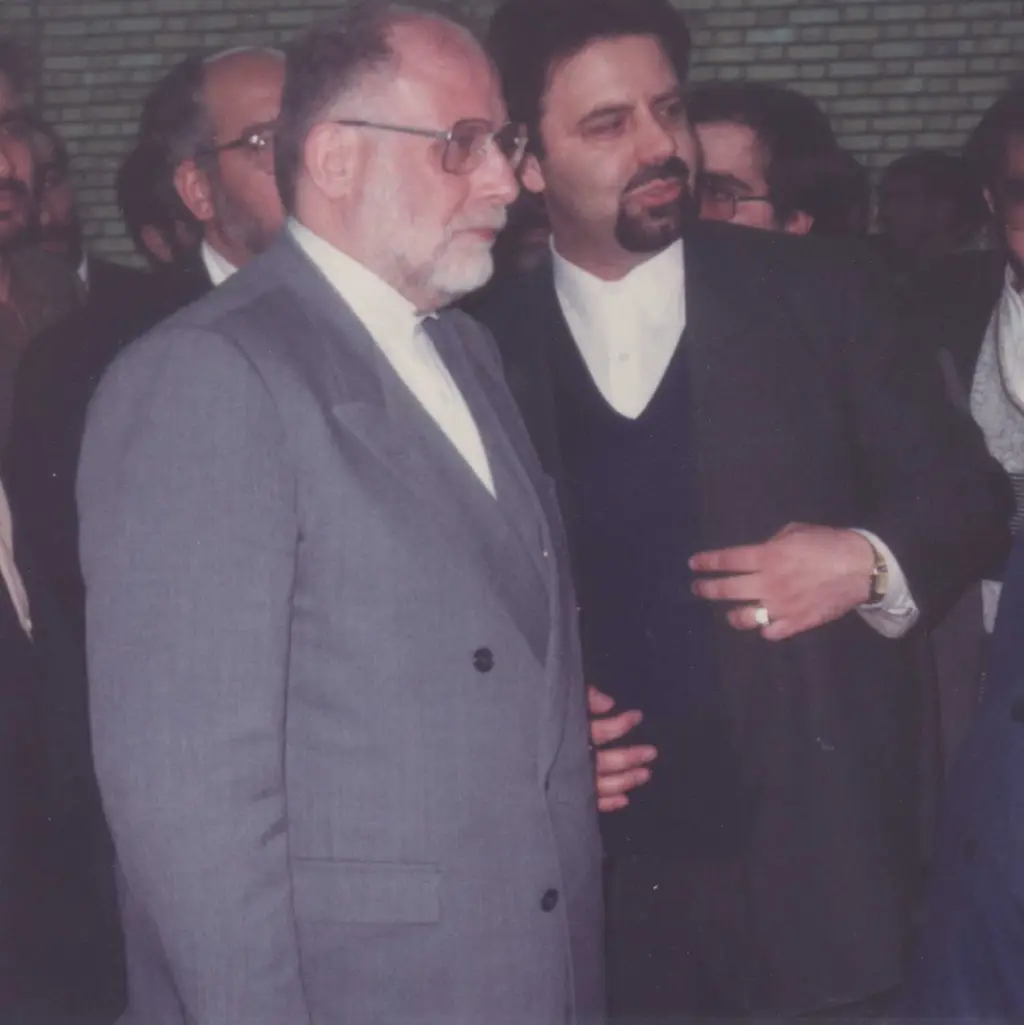
Amid War, with Hope to Build
Sepahan Moquette was founded in 1983, in days when Iran was struggling with economic hardships, lack of resources, and import restrictions.In the midst of these challenges, we envisioned a future where we could meet one of construction’s essential needs—flooring—through domestic capability.Thus, we set out on the path of local carpet production. Our starting point was Isfahan, but Sepahan’s first factory was built in the Zagros mountains near Yasuj; far from industrial infrastructure, but among people willing to learn and build with us.
Tradition Inspiring Industry
Felt carpet, for us, was not merely a manufactured product; it was a response to an ancient culture deeply woven into the lives of the people of this region.In many parts of Iran, Afghanistan, Iraq, and Central Asia, felt has been used for centuries as a primary or seasonal flooring; in nomadic tents and temporary shelters, as well as in village and permanent homes.This choice was rooted in felt’s functional qualities: lightness, insulation against cold, affordability, and portability; factors that made it a smart solution for everyday life.Sepahan Moquette began its production from this very tradition; in a region where people knew felt well and had lived with it. Choosing felt carpet to start the journey was a link between past and future; between tested traditions and an emerging industry.
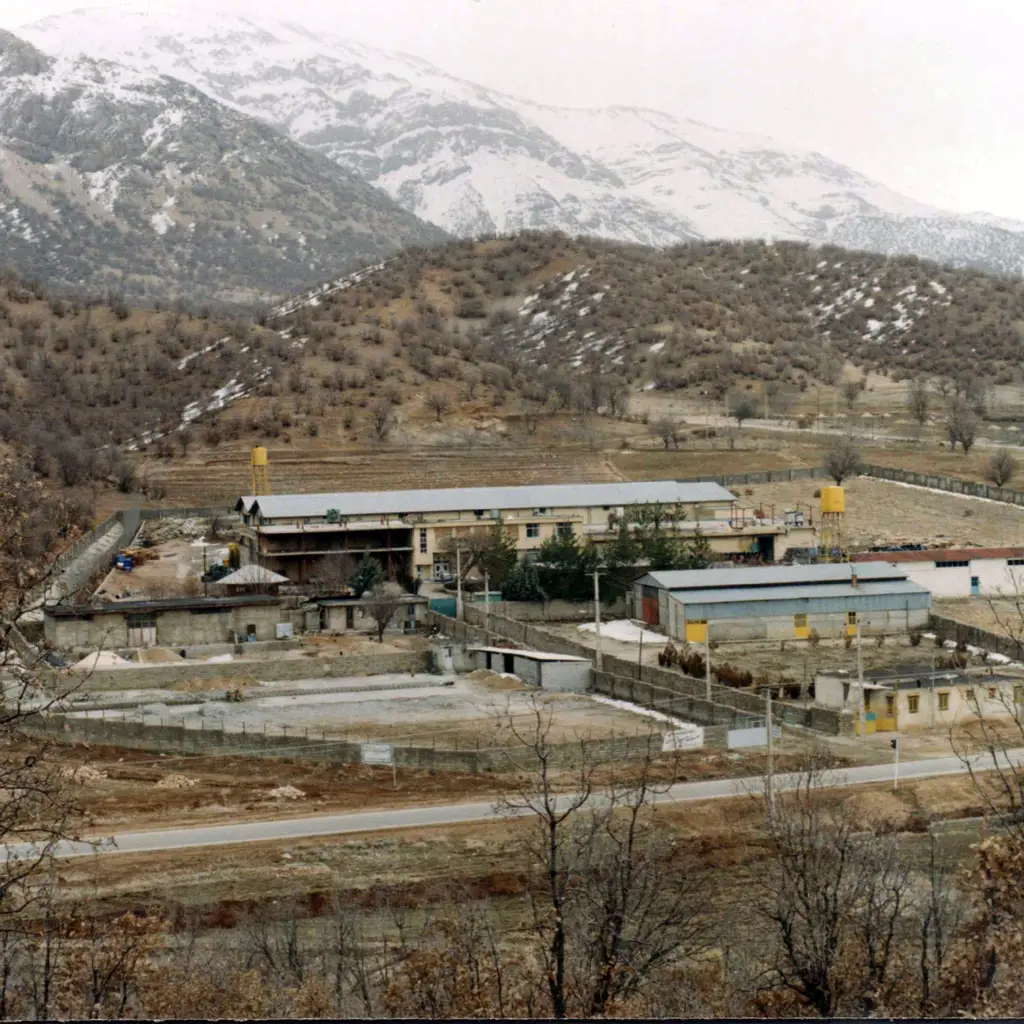
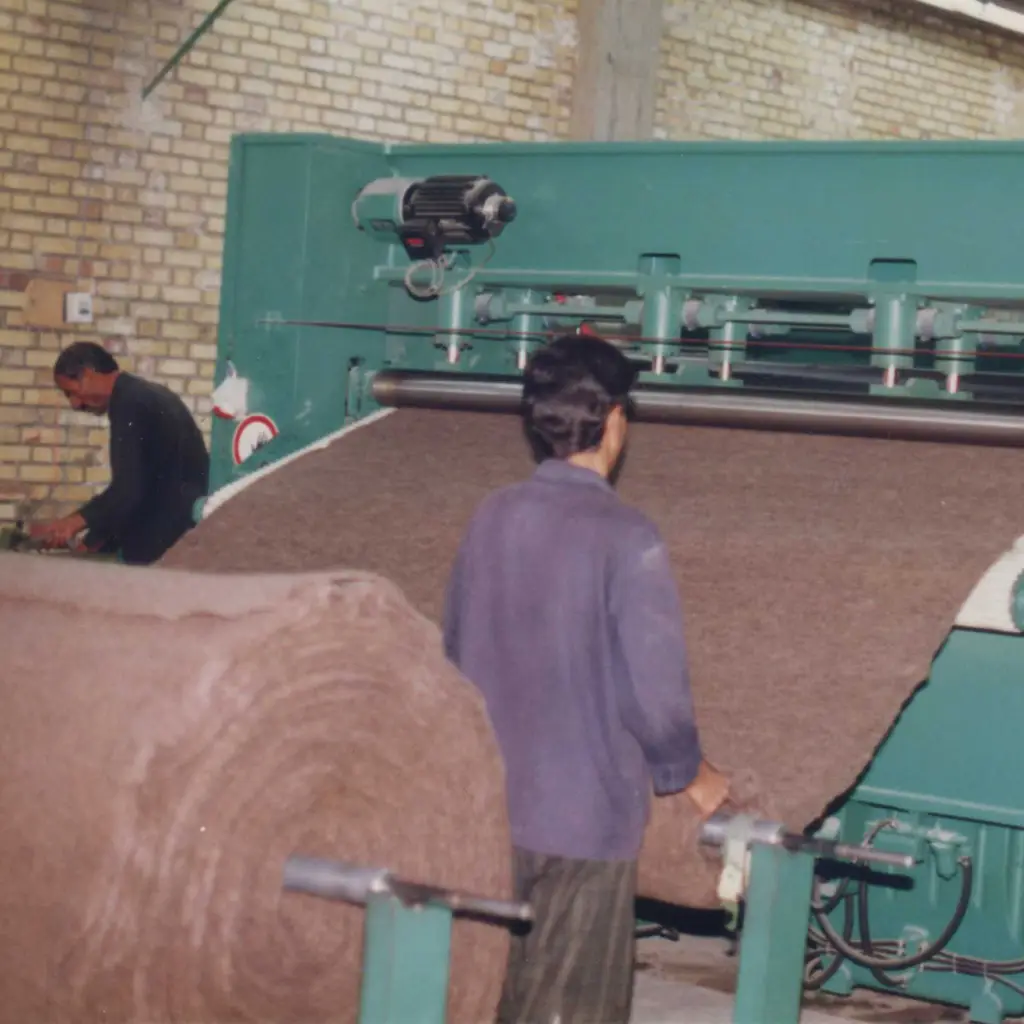
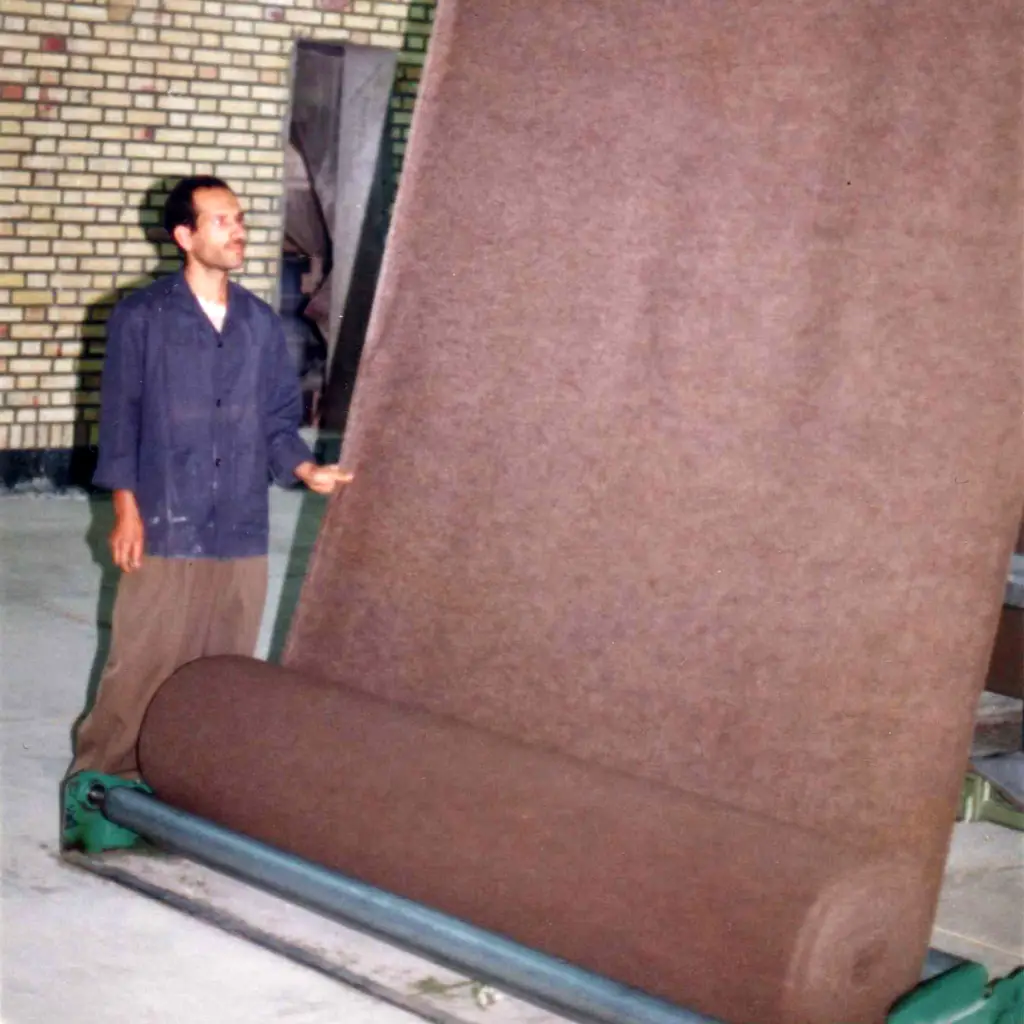
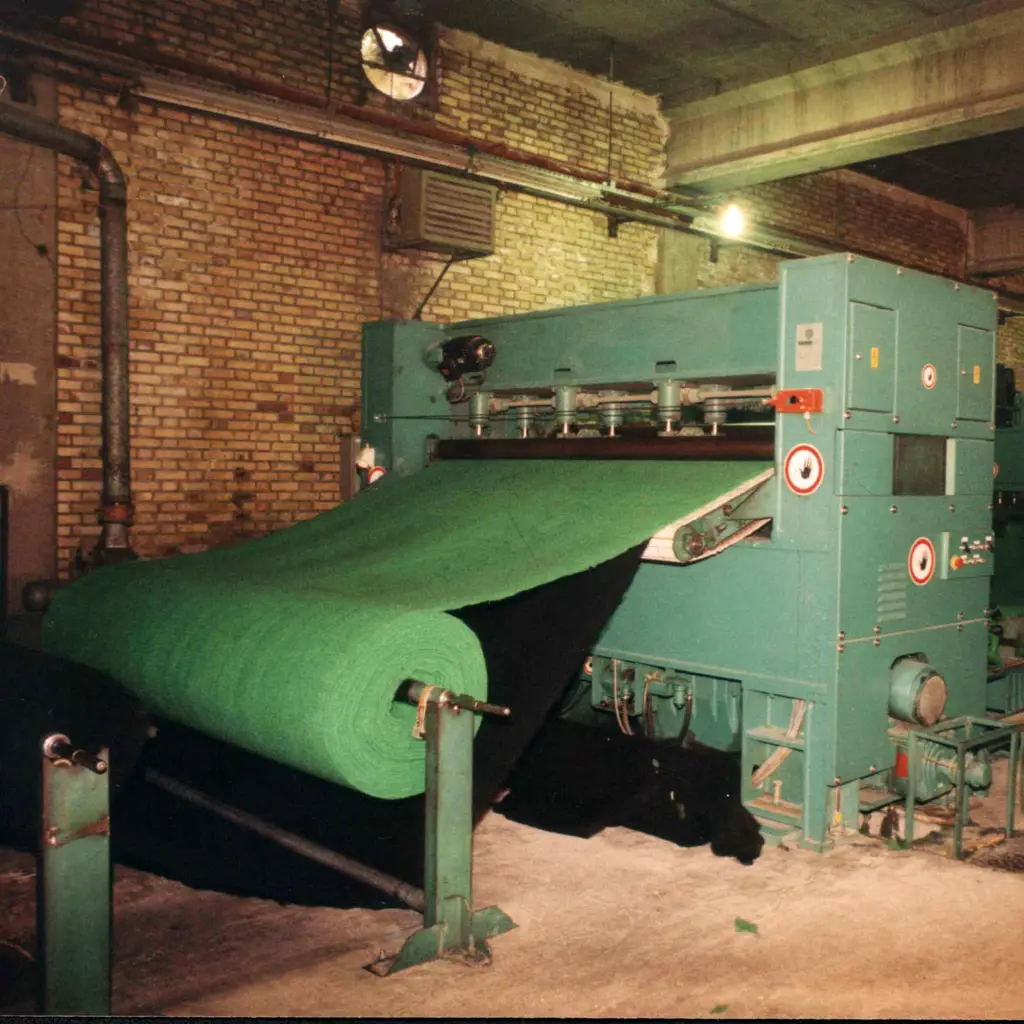
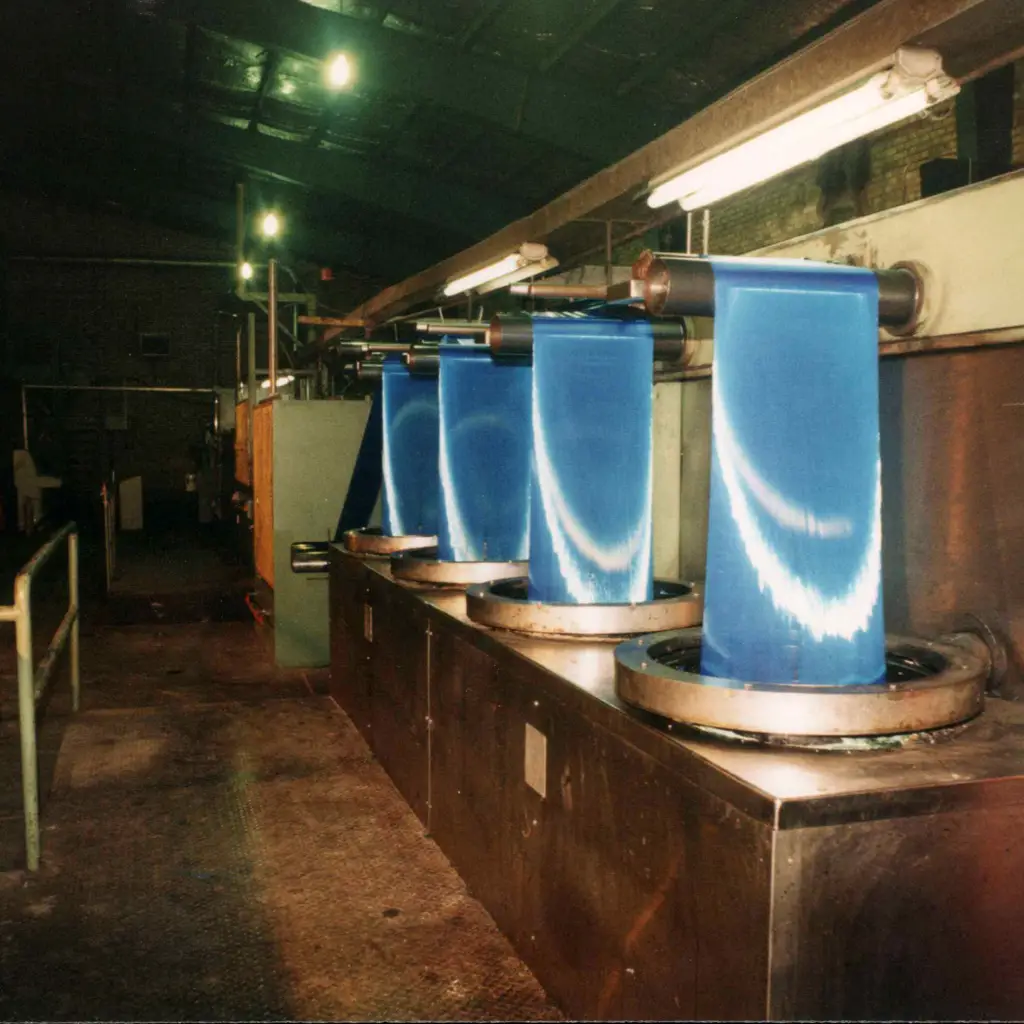
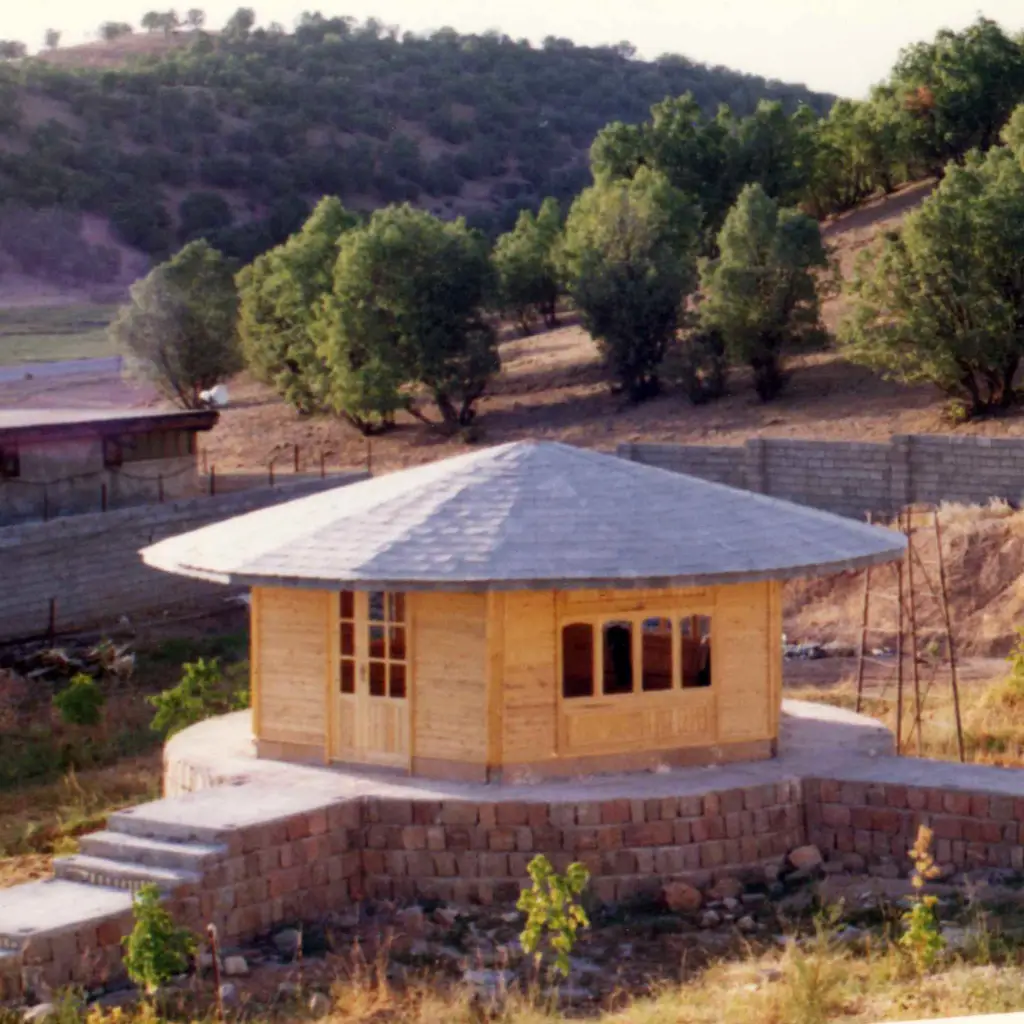
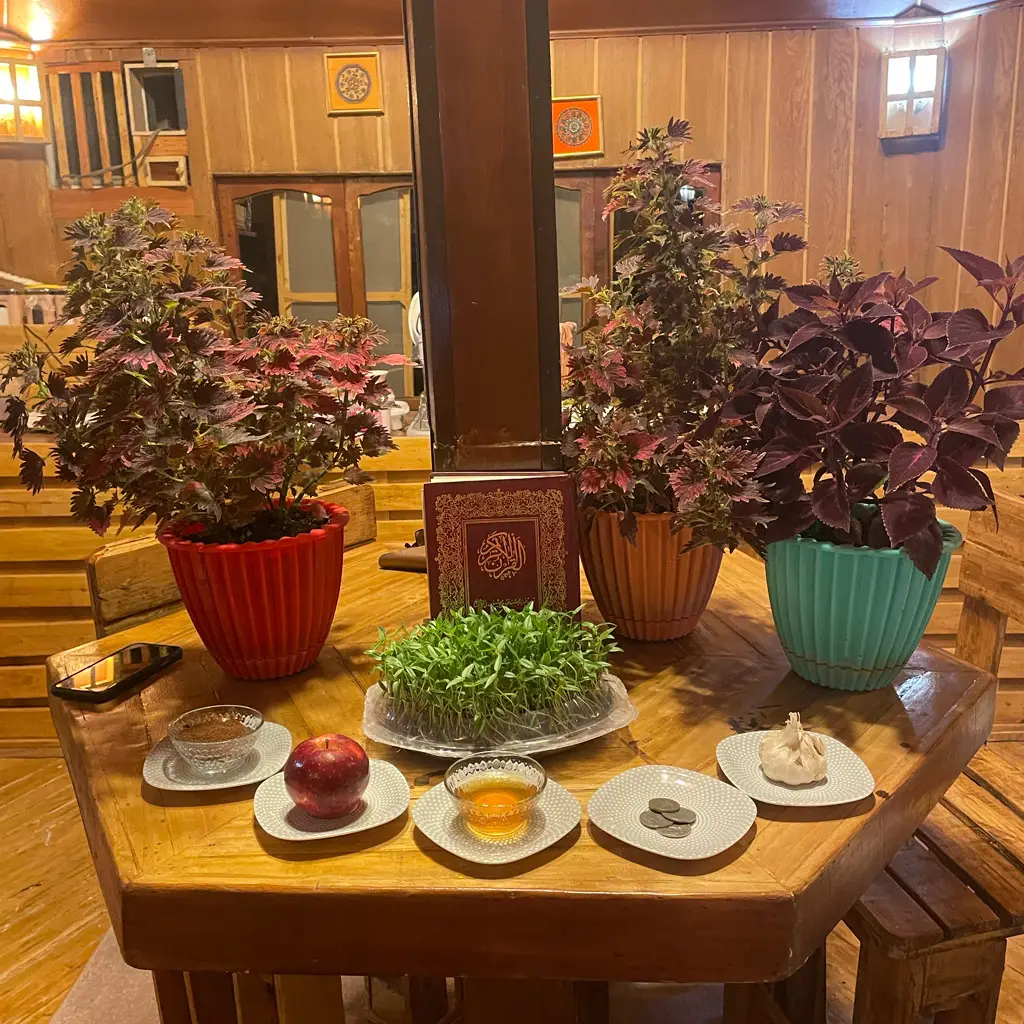
Yasuj, A Home Beyond a Factory
For most workers at the Yasuj unit, Sepahan Moquette was their first industrial experience.They learned and built alongside us; with their support, the felt carpet production line and later the polypropylene fiber production line were launched.Many of these workers stayed with us for more than thirty years; and today, even after retirement, they return to the factory—not for work, but for hobbies they have created within it.A garden, greenhouse, and pergola they built and lovingly care for; or a carpentry workshop where they craft furniture from recycled pallets.Yasuj is not just a production site for us; it is a home where work, creativity, and human relationships are intertwined.
Growth Within Industry
The sustainability and human capital built in Yasuj became a foundation for a new stage of Sepahan Moquette’s growth; a stage defined by looking toward the future and responding to steadily growing demand, especially in export markets.The Borujen industrial town, with better infrastructure, access to export routes, and capacity for expanding production lines, was chosen as Sepahan Moquette’s second home; a more industrial environment for growth, without breaking from the roots.In this new phase, technical and infrastructural facilities expanded significantly. A resin-making unit was launched, advanced tufting and rotary printing equipment were added, and with the establishment of a digital printing line, the ability to produce more customized and diverse designs became possible; a vital step toward flexibility and meeting the specific needs of domestic and export projects.
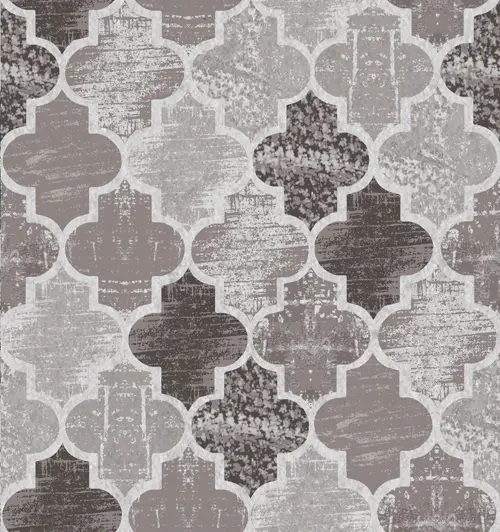
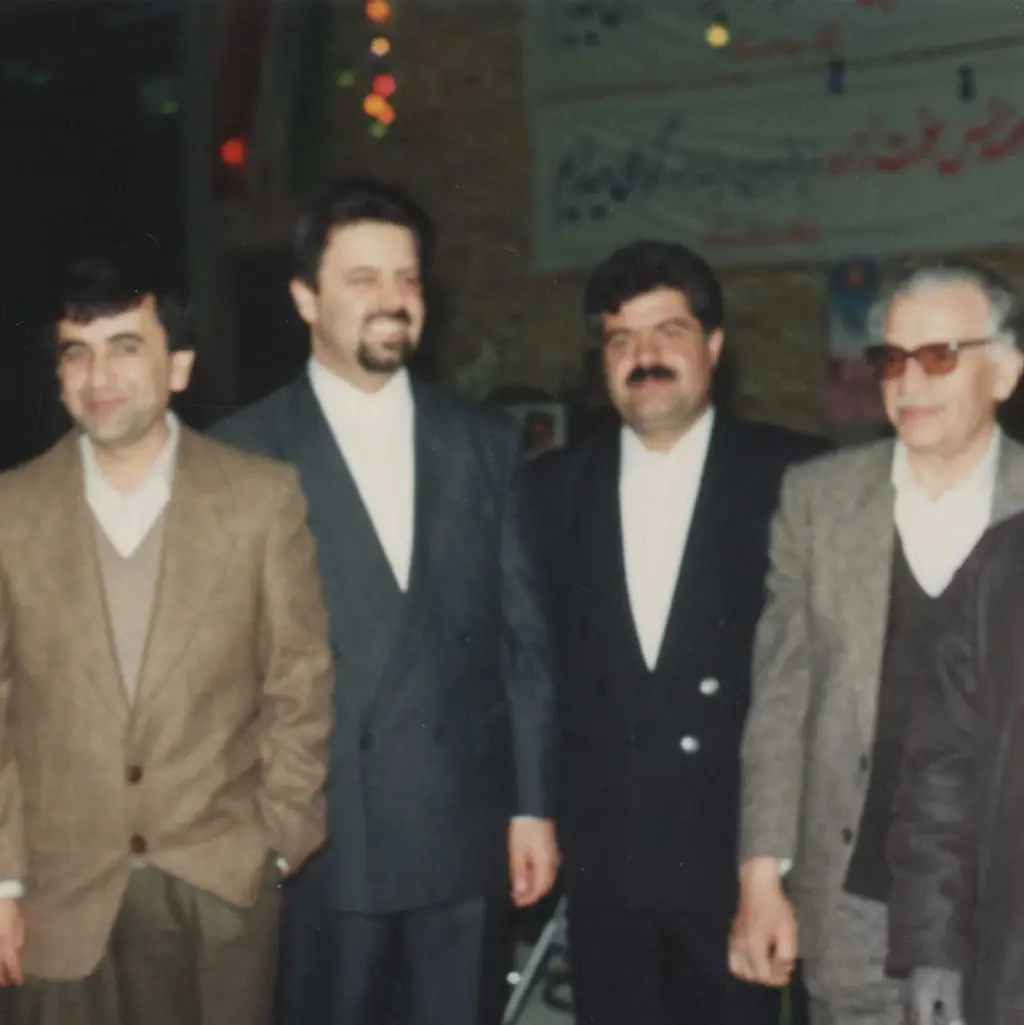
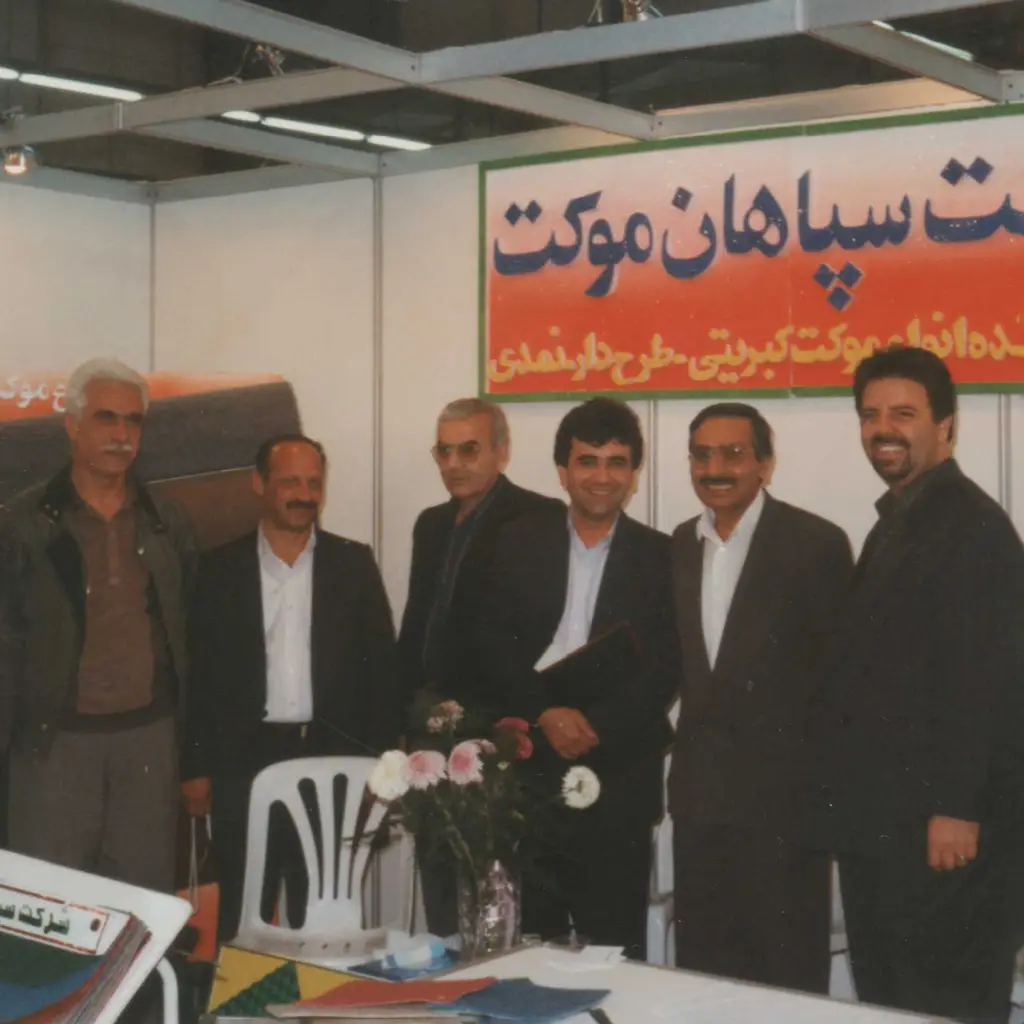
Our Foundation: Enduring Partnerships
Part of Sepahan Moquette’s team has remained with us from the company’s earliest days until now; some of them have a history as old as Sepahan itself, and this is our pride.Among our clients, too, there are those with whom our cooperation began in the 1980s; partnerships not based on contracts, but on trust, honesty, and mutual understanding—and they continue to this day.For us, such lasting partnerships are more valuable than any technology.
